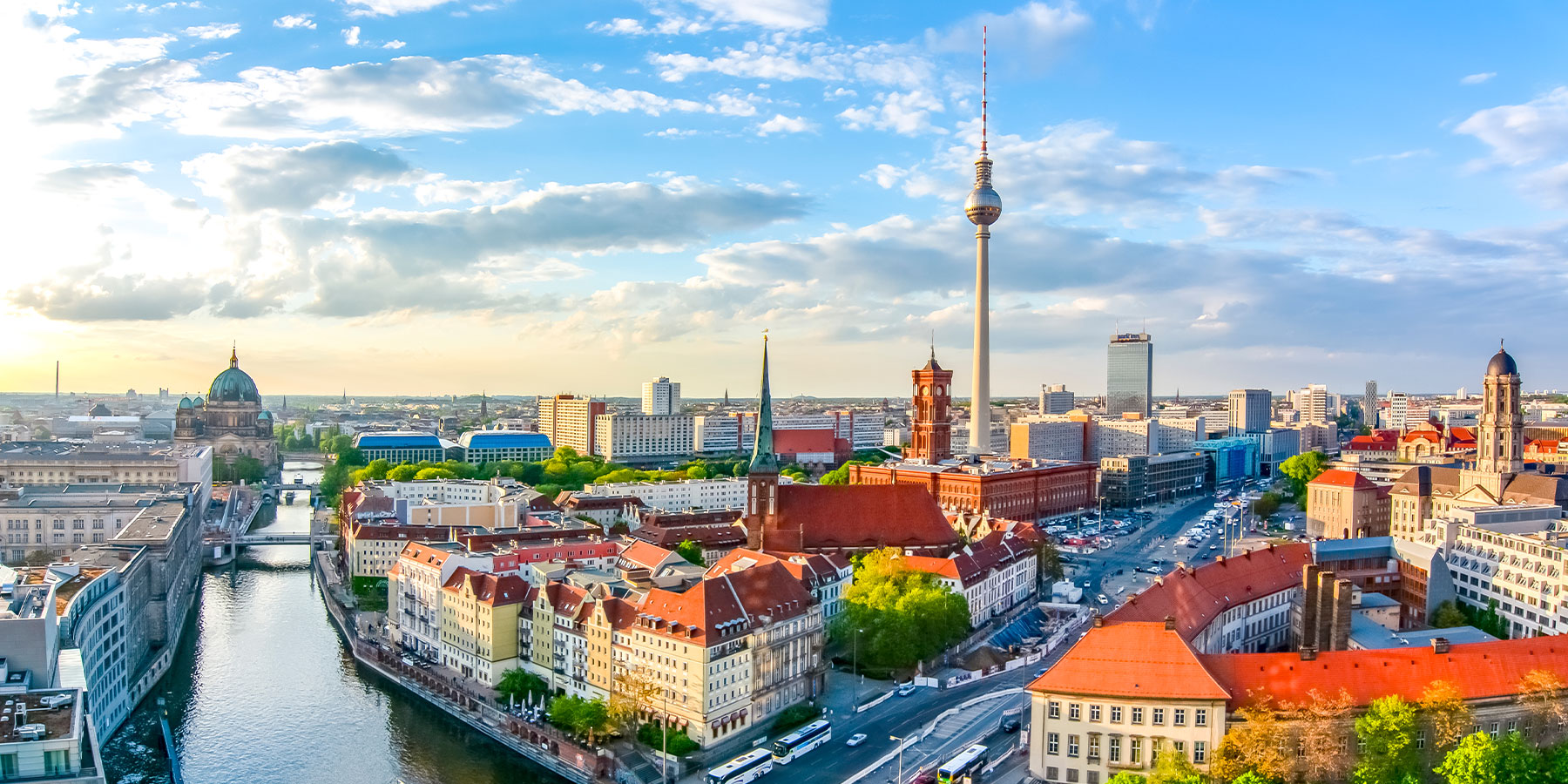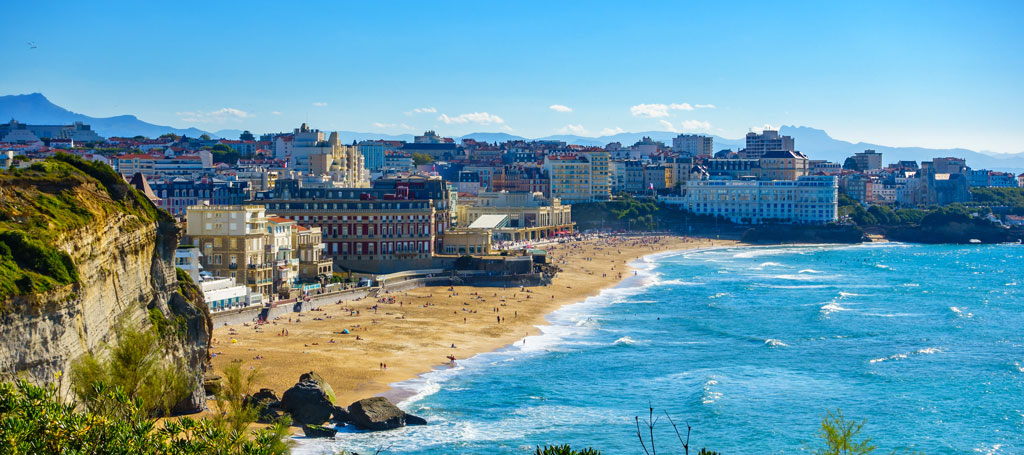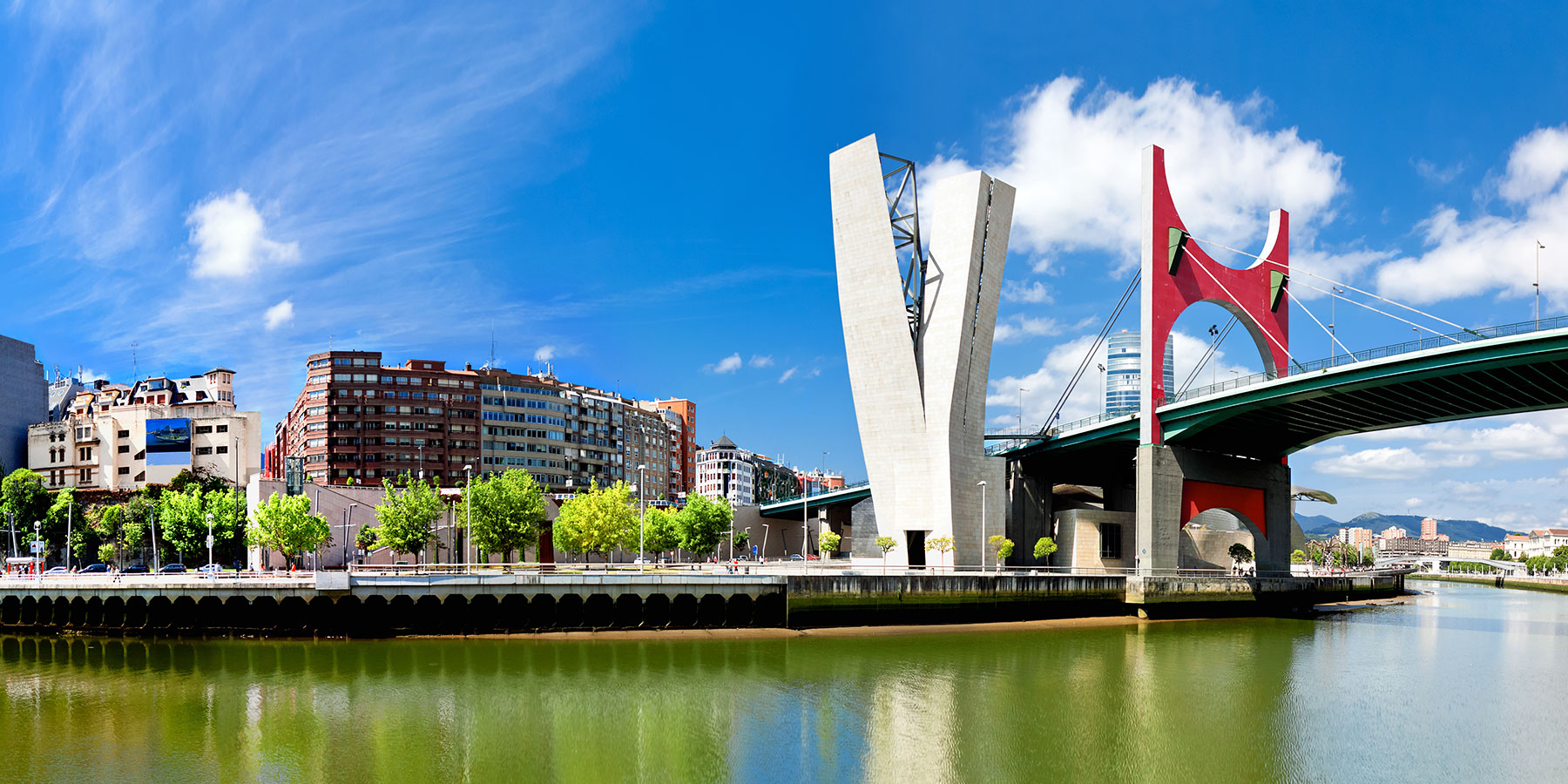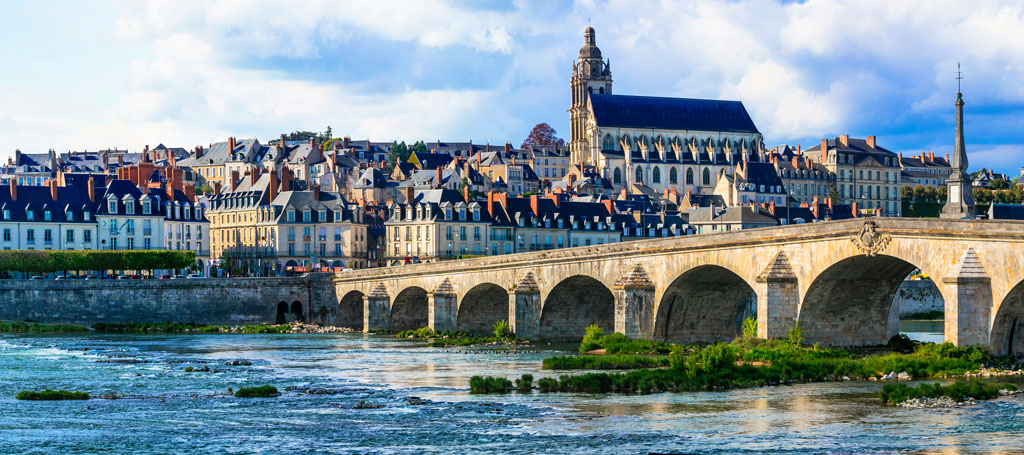
Alexanderplatz

This point of interest is available as audio on the tour: Visit Berlin, A symbolic and dynamic capital
You are standing on the vast Alexanderplatz, one of Berlin’s most iconic landmarks. It was named in 1805 in honor of Tsar Alexander I of Russia when he was visiting the King of Prussia. What was once just a simple marketplace in the Middle Ages became a major hub for transport and commerce in the 19th century. The Berlin underground was established in 1870, and Alexanderplatz station was inaugurated in 1882. The public square reached its apogee during the 20th century with the opening of many large department stores, including the renowned Tietz franchise, which was Germany’s equivalent of Harrods in the United Kingdom or Macy’s in the United States. Severely destroyed during World War II, Alexanderplatz became a symbol of reconstruction and development of East Germany after Berlin was divided. It was redesigned in 1969 following a Soviet architectural style, thus explaining the distinctive look it still has to this day. It was during this period that the famous Berlin Television Tower was built. You can see it rising above the People’s Friendship Fountain, located right next to you. When Alexanderplatz’s renovation was completed in 1971, it was home to major public events such as the World Festival of Youth and Students, the 25th anniversary of the German Democratic Republic, and the commemoration of the 30th anniversary of the end of World War II in 1975. However, Alexanderplatz is best remembered as the place where the historic demonstration happened on the 4th of November 1989, days before the fall of the Berlin Wall. This massive protest against the communist regime was broadcasted live, which allowed East German viewers to witness more than a million people gathered at Alexanderplatz to demand profound political reforms and true democracy. It was the first demonstration officially authorised in GDR history—and also the largest. This event foreshadowed inevitable change, which soon led to East Germany’s downfall. Today, what Berliners affectionately call “Alex” is one of the city’s busiest intersections, with over 350,000 people passing through it daily, both above and below ground. Now, continue for about a hundred meters to discover the notorious Urania World Clock.

Discover other tours to visit Berlin

Discover Berlin with app
An interactive guide through the most beautiful streets, squares, and districts
27 fun audioguides full of historical facts, anecdotes, and legends






Comments